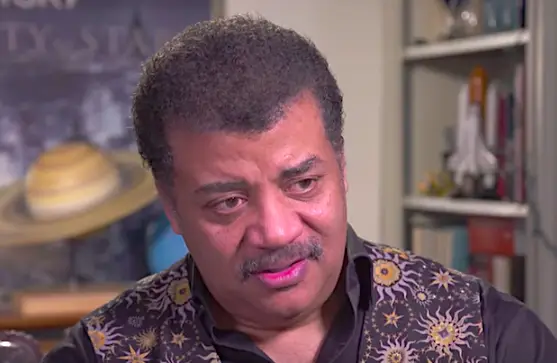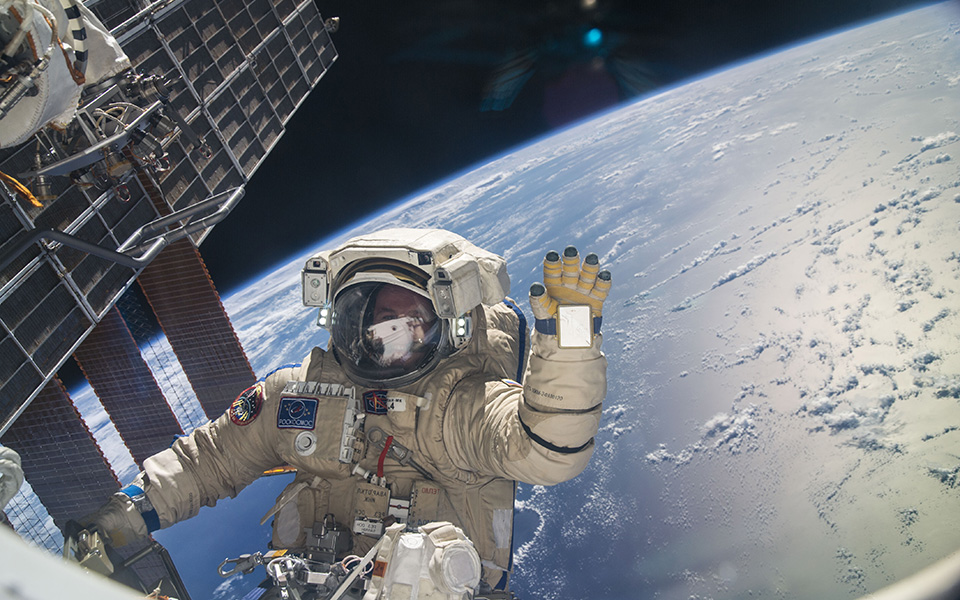UCI’s work was a theoretical investigation into the peculiarity of the LIGO discovery. The research, led by doctoral candidate Oliver Elbert, served as an attempt to interpret the gravitational wave detections using the lense of current knowledge of galaxy formations and to construct a framework for understanding future occurrences of this kind.
Elbert also concluded that based on what is known about star formation in different types of galaxies, it is possible to infer when and how many black holes formed in each galaxy. Afterall, big galaxies are home for older stars, and as a result, older black holes as well.
Also, according to Manoj Kaplinghat, UCI professor of physics and astronomy and co-author of the paper highlighted in this story, the numbers of black holes of a given mass per galaxy will depend on its size. The reason for this is because larger galaxies have a plentiful amount of metal-rich stars, and smaller dwarf galaxies are dominated by large stars with a low metallicity.
The mass of black holes also varies. Stars of different sizes have different masses and so, when time comes for for them to become black holes, their masses will also vary. Another reason for the variance of masses of black holes is the amount of the mass and metallicity the star sheds in its lifespan– the stars with a lower metallicity will shed less of it over time, and so form larger black holes. The opposite applies with those with a high metallicity.
James Bullock further contributed, saying that: “We have a pretty good understanding of the overall population of stars in the universe and their mass distribution as they’re born, so we can tell how many black holes should have formed with 100 solar masses versus 10 solar masses,” Bullock said. “We were able to work out how many big black holes should exist, and it ended up being in the millions – way more than I anticipated.”
With the UCI researchers seeking to determine how frequent the occurrences of black holes are in pairs, especially their merges and the time required for such a process. They also wondered whether the 30-solar-mass black holes that were detected by LIGO were formed billions of years ago and simply took an enormous amount of time or born within the last 100 million years and merged soon after. This research study has shed light on subsequent phenomena.
Kaplinghat said the following about the research: “We show that only 0.1 to 1 percent of the black holes formed have to merge to explain what LIGO saw. Of course, the black holes have to get close enough to merge in a reasonable time, which is an open problem.
Head researcher Elbert reported that he expects a multitude of gravitational wave detections that will aid astronomers in discerning whether or not black holes collide in giant galaxies a majority of the time. Such a finding, he said, would reveal an important element of the physics that drive them to coalesce. Kaplinghat also contributes the following to the discussion, saying that this finding is very close, relatively speaking, and that: “if the current ideas about stellar evolution are correct, then our calculations indicate that mergers of even 50-solar-mass black holes will be detected in a few years.”










